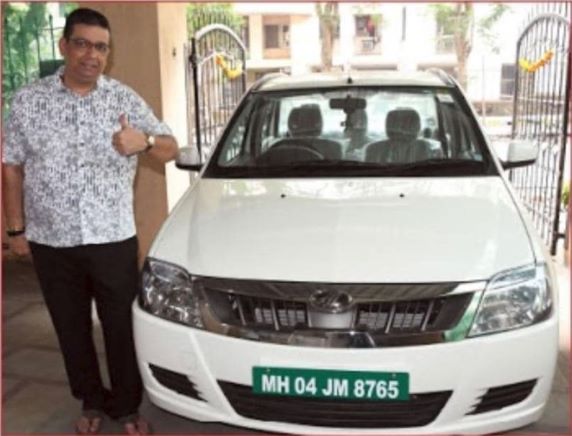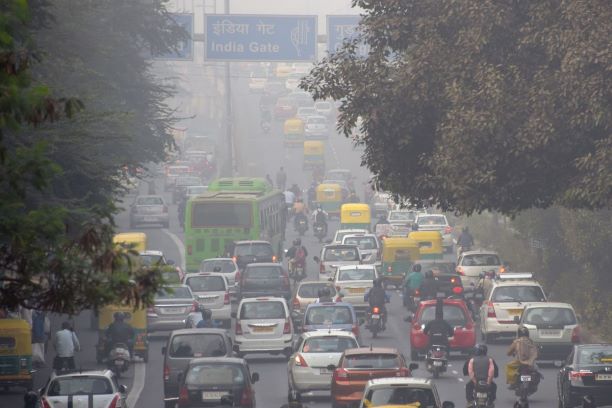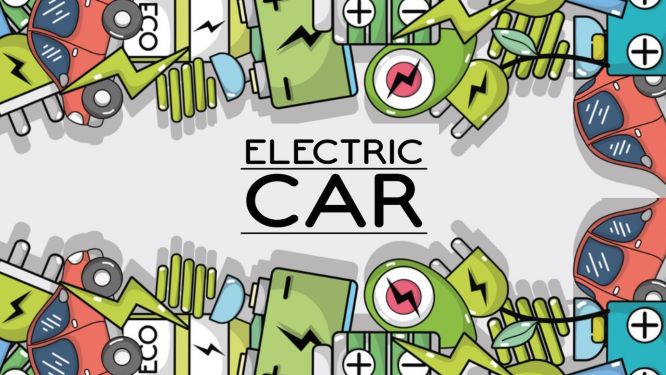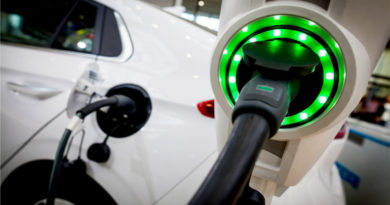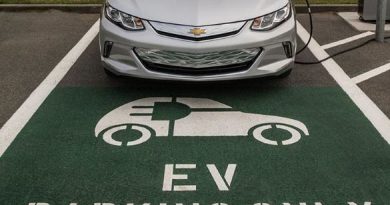Green Number Plates Now Mandatory for EVs
 Avinash Nimonkar with his first green number plate
Avinash Nimonkar with his first green number plate
This will help distinguish the battery-operated vehicles so that they could redeem special perks proposed specifically for the EVs. The central government has directed the state road transport departments to ensure that all types of electric vehicles, whether used or new, have green number plates.
The declaration comes after last year, the government had announced green number plates for all-electric vehicles, wherein the private electric vehicles were to get white letters on a green background whereas the commercial ones were to get yellow letters on the same.
The mandate of the green license plate, according to the government, is necessary to distinguish the battery-operated vehicles so that they could redeem special perks proposed specifically for the EVs. The benefits of the green number plate include preferential treatment in parking, entry in certain ‘congested’ zones along with proposed concessions in tolls on the current road networks.
When it comes to the commercial electric vehicles, the government is considering an exemption from permits, which may aid in boosting the number of e-rikshaws, e-buses and e-taxis, throughout the nation.
Speaking about the recent development, minister for Road Transport and Highways, Nitin Gadkari said, “The government has approved distinctive green license plates for electric vehicles to encourage people to use them more. Exemption from permits will be a game changer as restricted permit regime is a major concern. E-rickshaw growth is attributable to the permit exemption and there is scope to extend the exemption to the e-buses, e-taxis, e-autos and e-bikes. E-auto and e-buses may have a big impact since getting a new permit is extremely difficult.”
Additionally, to help enhance the number of electric vehicles in the country, the government has also proposed to permit the young adults falling in the age bracket of 16-18 years, to ride a gearless electric two-wheeler without having a license. Further to this, the Ministry of Road Transport and Highways has also requesting the Finance Ministry to set the rate of depreciation on electric vehicles at 50% compared to the 15 % rate for the regular vehicles.
The government has shown strong enthusiasm in popularizing electric vehicles in the country. These new steps are a continuation of that. While it is encouraging to see this, the challenging aspect will be the implementation of these policy changes given the infrastructural and bureaucratic limitations.
With the introduction of the second phase of FAME – Faster Adoption and Manufacturing of (Hybrid &) Electric Vehicles scheme back in February this year, the center had announced multiple incentives for EV users and makers alike through a total allocated budget of Rs 10,000 crore. These will be used in the form of subsidies to the buyers as well as to those manufacturing electric vehicles in the country, with at least 50% indigenous production. India which houses 15 out of the top 20 most polluted cities hopes that electric mobility may help combat the issue of air pollution to some extent.
With the second phase of the FAME scheme, the government aims to support 1 million e-two-wheelers, 500,000 e-three-wheelers, 55,000 e-four-wheelers and 7,000 e-buses. Subsequently, around 7200 charging stations will be put up across major cities of India.

